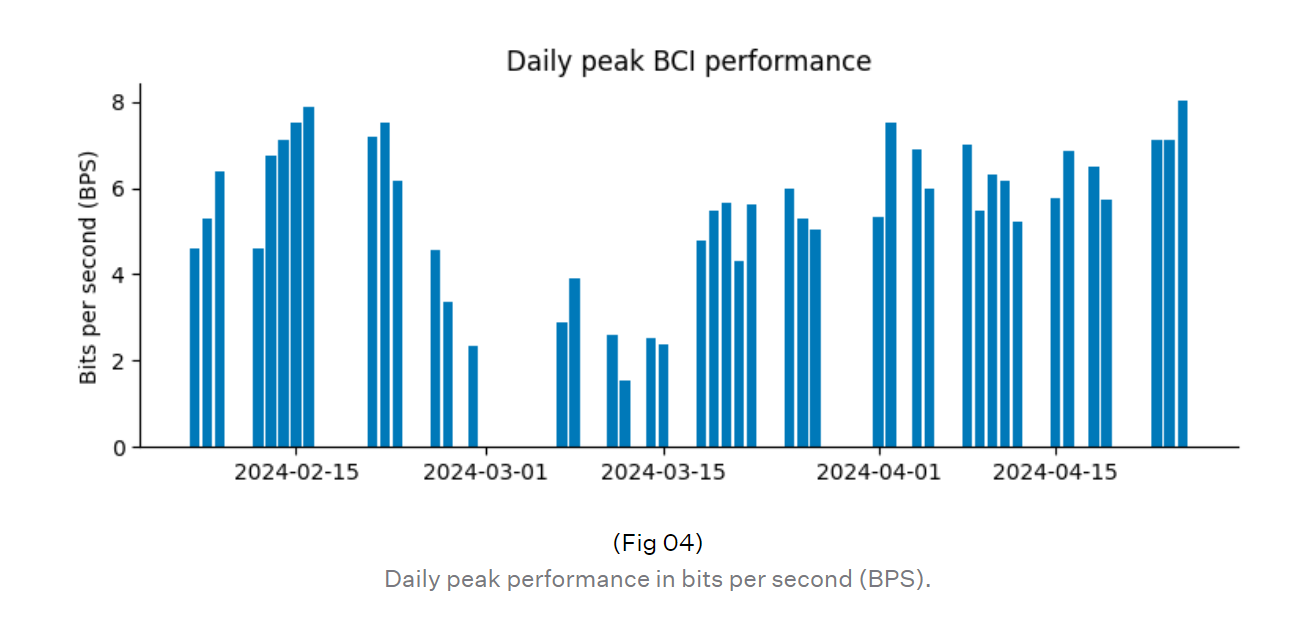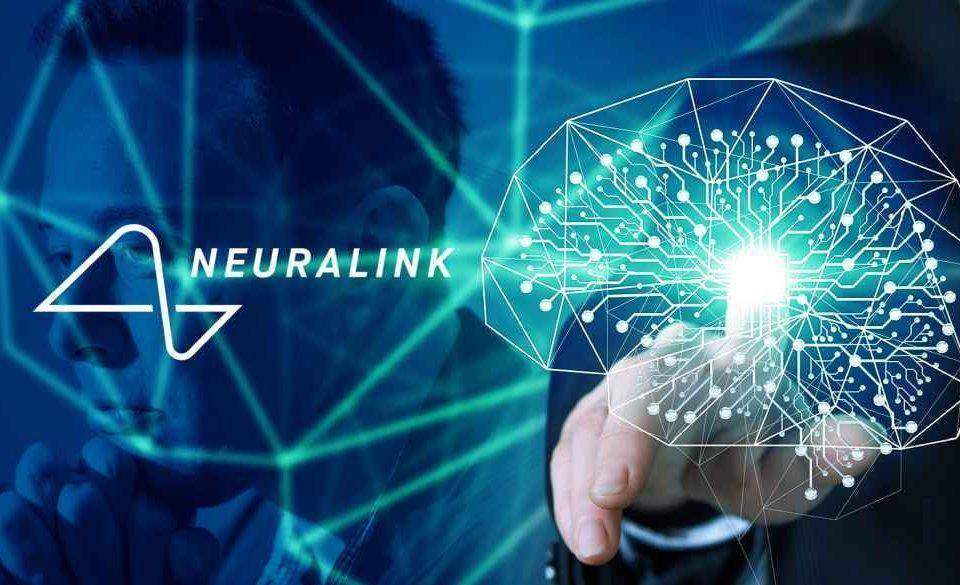What happened?Neuralink’s first in-human brain implant has experienced a problem
On Wednesday, Musk's brain computer interface company Neuralink mentioned in a blog post that the first study participant's fully implantable wireless brain computer interface (BCI) device had malfunctioned.
On Wednesday, Musk's brain computer interface company Neuralink mentioned in a blog post that the first study participant's fully implantable wireless brain computer interface (BCI) device had malfunctioned.
Neuralink's BCI can help paralyzed patients control external technologies with their minds. According to the company's website, the BCI device is called Link and uses 1024 electrodes to record neural signals, which are distributed on 64 "lines" thinner than human hair.
In January of this year, Neuralink implanted the device into a 29 year old Noland Arbaugh patient as part of a safety study. Previously, Neuralink stated that the surgery went "very smoothly".
According to the latest blog article by Neuralink, within a few weeks after Arbaugh surgery, some embedded electrodes in the brain tissue began to retract from the tissue, resulting in a net decrease in the number of effective electrodes and a decrease in BPS.
BPS refers to bits per second, which is a standard for measuring the speed and accuracy of cursor control. The higher the BPS value, the better the cursor control.

Matt Angle, CEO of Paradimics, a competitor of Neuralink, said that traditionally, surgeons place brain implants directly on top of the brain tissue itself, where they "move like boats on water.". He pointed out that the retracted line is abnormal for brain implants.
Researchers working on brain implants believe that complications may be caused by these wires connecting to devices located inside the skull rather than on the surface of brain tissue.
Eric Leuthardt, a neurosurgeon at the Washington University School of Medicine in St. Louis, said, "Engineers and scientists have failed to realize the extent to which the brain moves within the intracranial space. Just nodding or suddenly moving the head can cause a few millimeters of disturbance."
Before implanting the device into Noland Arbaugh, Neuralink had conducted extensive testing on animals. However, Leuthardt suggests that a potential issue is that due to the smaller size of animal brains, the movement of electrodes is not as significant as that of humans.
Neuralink stated that in response to this change, the company has modified the recording algorithm to make it more sensitive to neural group signals, improved the technology of converting these signals into cursor movement, and enhanced the user interface. These improvements have enabled BPS to rapidly and continuously improve, now surpassing its initial performance.
Although there have been cases of "lines" retracting from brain tissue, Neuralink stated that Arbaugh has been using BCI devices for about 8 hours a day for the past week and typically 10 hours a day on weekends.
Arbaugh said, "(Link) has helped mereconnect with the world, my friends, and my family. It's given me the ability todo things on my own againwithout needing my family at all hours of the day and night."
Neuralink emphasizes that the current focus of work is to improve cursor control performance to the same level as healthy humans and extend functionality to text input. The company also stated that it will expand Link to the real world in the future to achieve control over robotic arms, wheelchairs, and other technologies, thereby improving the independence of quadriplegic patients.
Currently, Neuralink is seeking to implant its device into more human experimenters. Any malfunction may cause delays in the approval process of the US Food and Drug Administration (FDA). Before obtaining FDA approval to commercialize this technology, Neuralink still has a long way to go in terms of safety and efficacy testing.

·Original
Disclaimer: The views in this article are from the original Creator and do not represent the views or position of Hawk Insight. The content of the article is for reference, communication and learning only, and does not constitute investment advice. If it involves copyright issues, please contact us for deletion.